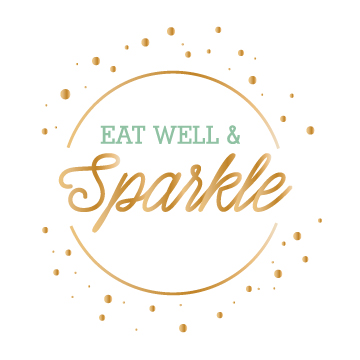 |
Most
processed food companies’ entire goal is to sell you their product and they
know what keywords to include on packages to catch your eye…especially on food
for children. We are not even going to get me STARTED on Pop-Tarts and their
new wording on the box “Made with Real Fruit”. Nope, I will not be sucked into
that misleading demon collection of words.
Now, I’m not saying go off the grid,
grow ALL your food and build a well in your backyard, unless that’s your thing,
then by all means do what you do. I AM saying, however, that I am here to help
you figure out how to navigate through these misleading advertisements and
point out what exactly you should look for when purchasing a product.
Serving Sizes Can Be Very Misleading
 |
| Source: American Heart Association |
Now, this is one thing that grinds my gears the most,
misleading serving sizes and calorie count. The information is usually accurate
but they will intentionally manipulate the information to seem healthier.
For
example, with this food label, at a glance you see this product LOOKS like it
has only 230 calories. If you look closely, that is not the case at all; that
number really means 230 calories PER SERVING. That container has 8 total
servings, which comes to 1,840 calories total. Have you recovered from that
number? This is why it is so important to understand your food labels.
Don’t Be Fooled By The Word “Natural”
When
you see or hear the word “natural”, you’re instantly in a mindset of healthy,
organic and overall really good for me. This little word has helped sell just
over 40 billion dollars worth of products in the food industry according to
market research giant Nielsen (Yup, the same folks who monitor your tv
watching).
Unfortunately, this awesome little word can be slapped on just about any product because
 |
| www.fritolay.com |
Companies
can slap that bad boy on any product that does not contain “added colors,
artificial flavors, or synthetic substances”. This becomes tricky because this
leaves so much room for interpretation.
So
what does this mean really? It means your “natural” products still can contain
things like “high fructose corn syrup” which many companies argue it is healthy
because it is made from corn. Which is just not true.
What
“Organic” Really Means
The
USDA has reserved the word ‘organic” for food produced without any man-made
chemicals. The unfortunate thing is, under government rules, “organic” food may
be grown or processed with the aid of synthetic substances, as long as they are
deemed essential.
So
technically, your organic foods still may not be completely chemical free and I
understand it
can be very frustrating.
 |
| www.usda.gov |
Good
news is that, unlike the term “natural”, organic is far more regulated. There
are actual regulations that are tightly monitored and the food has to be free
of synthetic fertilizers.
Food labels can be so misleading
sometimes and it makes me so annoyed when I hear about it. That is why I try to
educate people as much as I can! I just want all of you to be aware of what
exactly you’re putting into your body and make things a little bit easier in
the grocery store.













No comments:
Post a Comment